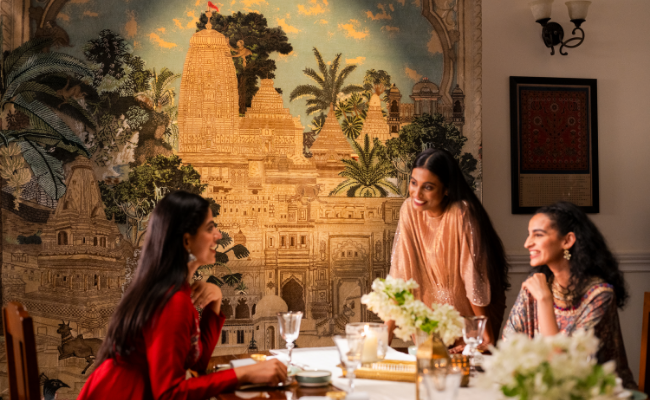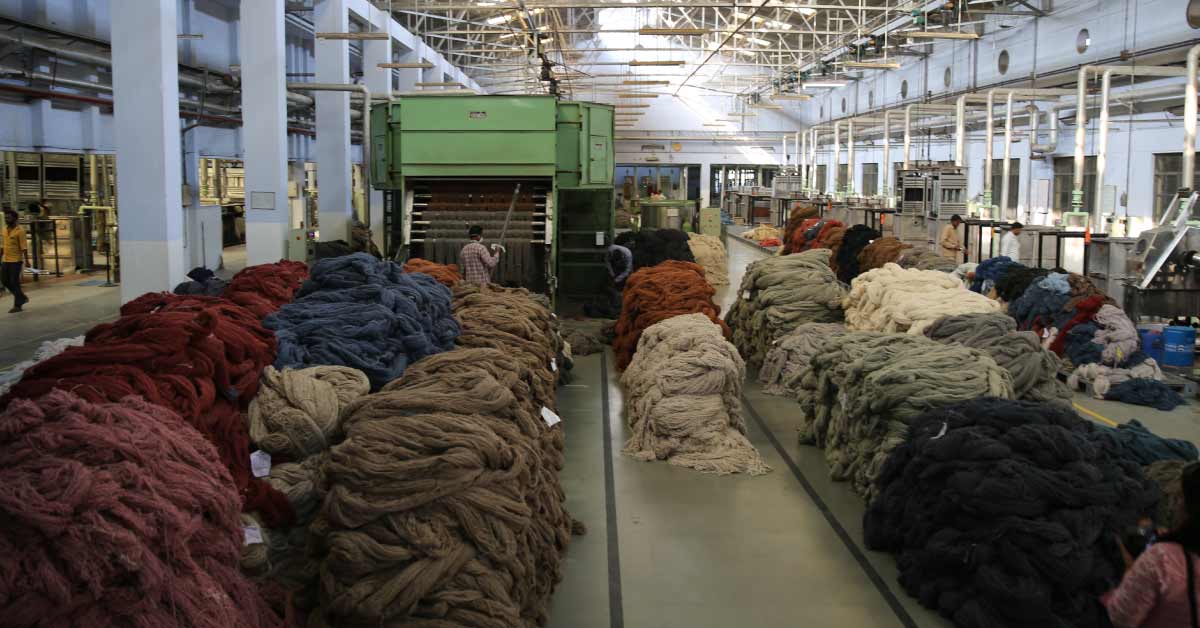
Unraveling the History of Kashmiri Carpets
Two mountains, the rising sun, lush green valleys with vibrant flowers, and a hut in the middle; encapsulate a sketch each of us made in our childhood. When one thinks about this place in real life, Kashmir often comes to mind. The serene landscapes, snow-capped mountains, the abundance of colourful flora, and the frozen lakes evoke a sense of belongingness. Nature has undeniably blessed Kashmir with its captivating beauty. Beyond this, one finds that the streets of this place are embodied with rich traditions and cultures that have been flourishing here for generations. Amongst the making of Pashmina shawls, Kangris, wood carving, copperware crafting, and various other skills in Kashmir's heritage, the art of carpet weaving stands out prominently worldwide.

Sultan Zain-ul-Abidin introduced carpet weaving in Kashmir in the early 15th century by bringing in Persian craftsmen to train locals. Later establishing factories known as Karkhanas, these rugs slowly attained a degree of perfection. Akbar further wrote the history of this industry and later in his footsteps, Jahangir introduced a Persian touch to the carpets. This industry achieved its international fame and appreciation when the Kashmiri carpets crafted in the Mughal Era were displayed at the Crystal Palace of London in 1851. Kashmir emerged as one of the chief centers of high-quality carpet making due to its intricate crafting process.
Together, let’s explore how several key elements blended and birthed the finest carpets in the world.
1) Density and type of knots: Every carpet enthusiast is aware that the value and quality of a good carpet are directly proportionate to the number of knots per square inch. With 500-9000 knots per sq. inch, Kashmiri carpets are highly durable. With different types of knots in construction, including asymmetrical, symmetrical, Jufti, and Tibetan, these carpets prove to be one of the finest in the world.2) Designing and Curating: From shawls to carpets, the practice of weaving has flourished through generations. Today, the children of Kashmir are proficient in reading Talims. Talims are a weaver’s alphabet for curating a carpet. They contain instructions that graphically assemble a design, helping the artisans to attain perfection. Designs on a Kashmiri carpet range from Persian prints to other motifs influenced by nature such as flowers, trees, and more. Weavers portray the way of life onto a carpet through cultural symbols or blends of inspired motifs.
3. Quality of material: Kashmir’s silk carpets are renowned as traditional heirlooms, standing to be life investments. The utilization of materials like pure silk and wool allows a higher number of knots which give the carpet durability and quality. These materials make it easier to craft intricate patterns and prints on these rugs.
4) Weaving Techniques: Working with rich and upscale materials such as silk, specific weaving techniques like hand-knotted and hand-tufted are used to craft top-quality carpets. The loom used to curate these carpets is composed of two wooden beams. The warp threads are stretched in between the two. One of these is placed in front of the weaver and the other one behind. To push the knots and hold them together tightly, simple tools such as a wood or metal comb are used. Lastly, a pair of short scissors are used to cut the pile of the finished carpet once formed.With a legacy dating back to Jahangir's reign in the 16th century, Obeetee continues to write in the history of weaving. Having a family of craftsmen with over 100 years of lineage in weaving, we stand as the foremost carpet makers in the industry. Persian culture has left a mark on the art of carpet weaving. From Sultan Zain-ul-Abidin’s introduction to this meticulous art to Jahangir enhancement, the practice has sustained and continues to flourish further. Kashmir indeed has undeniably shaped the narrative in the history of carpet weaving.
Being in the rug-making business for over a decade, we at Obeetee are dedicated to embracing our heritage and culture of handmade carpets. With the support of our family of weavers in Mirzapur, we successfully craft high-quality rugs, ensuring the tradition lives on. For further insights about our exquisite rugs visit our e-commerce website https://www.obeetee.in or visit any of our flagship stores in Delhi, Mumbai, Banglore, Hyderabad, and Kolkata.









